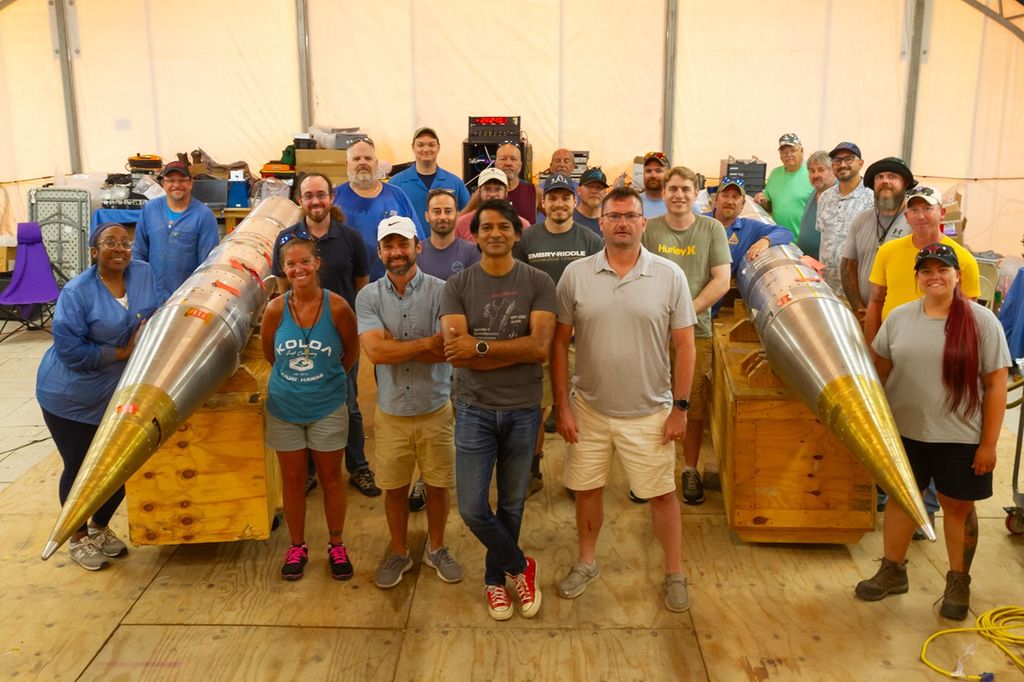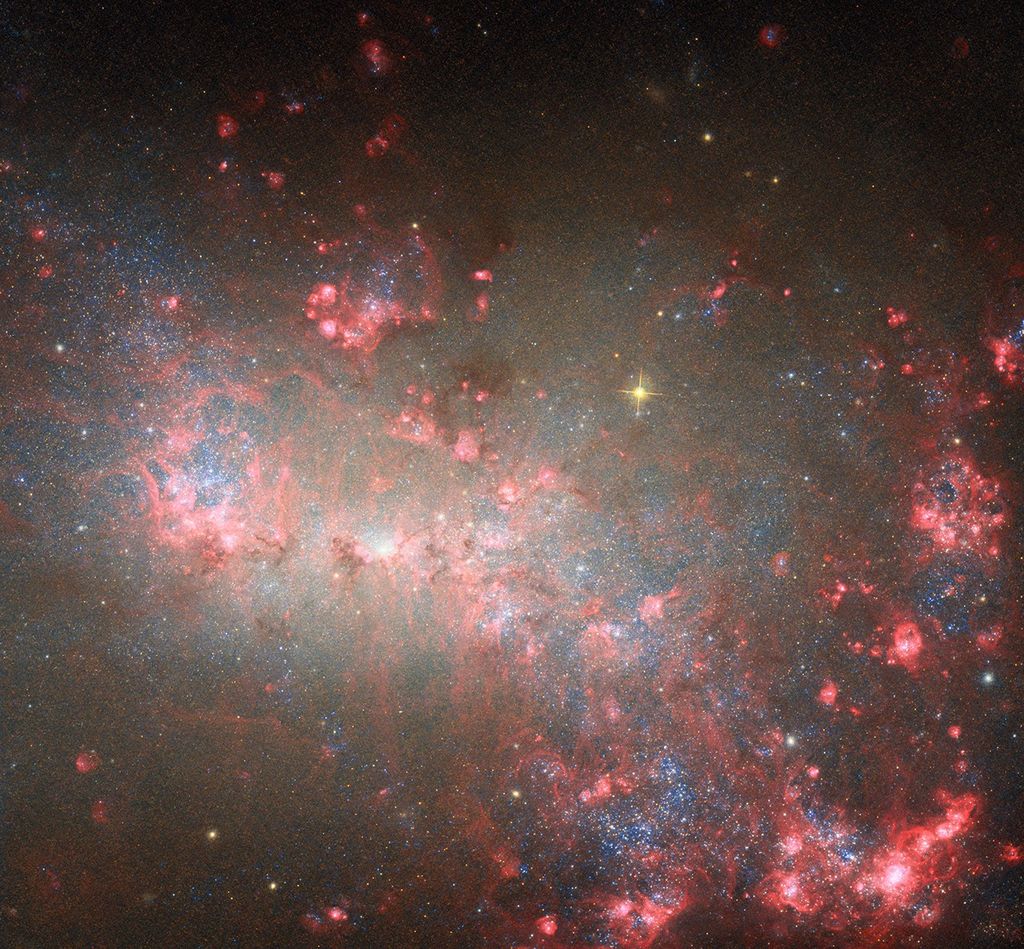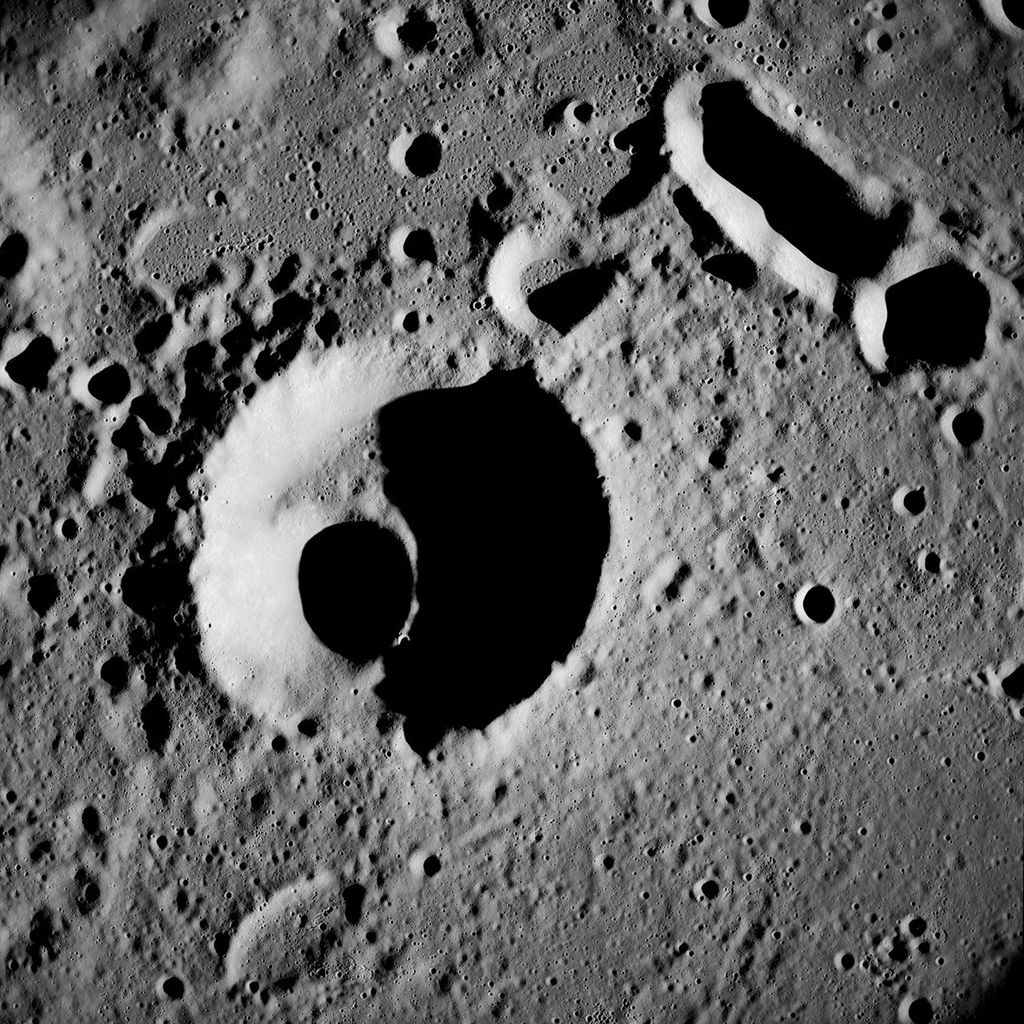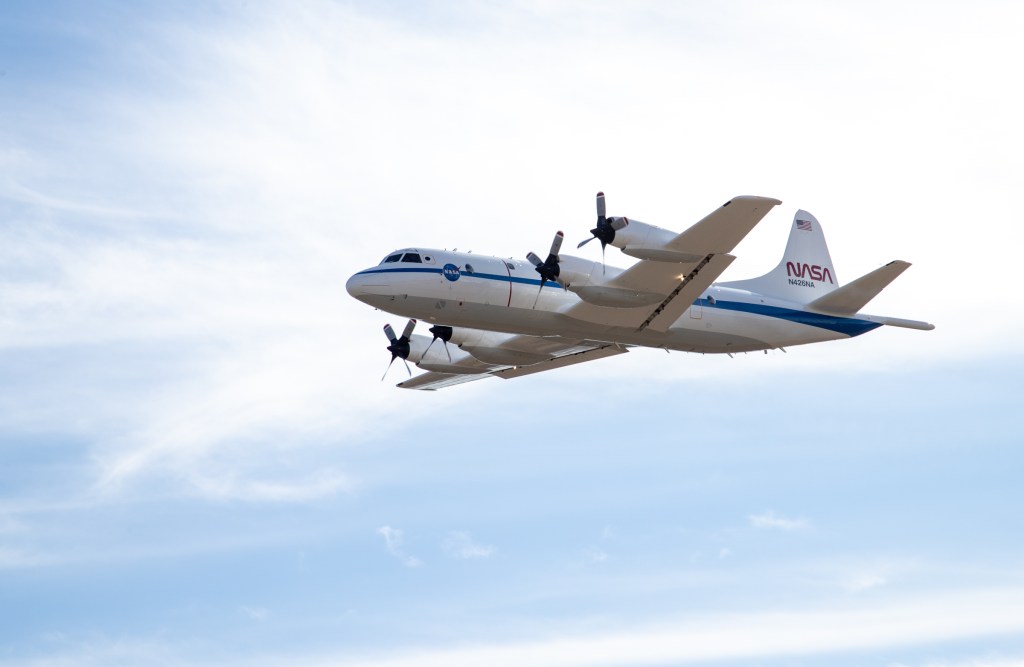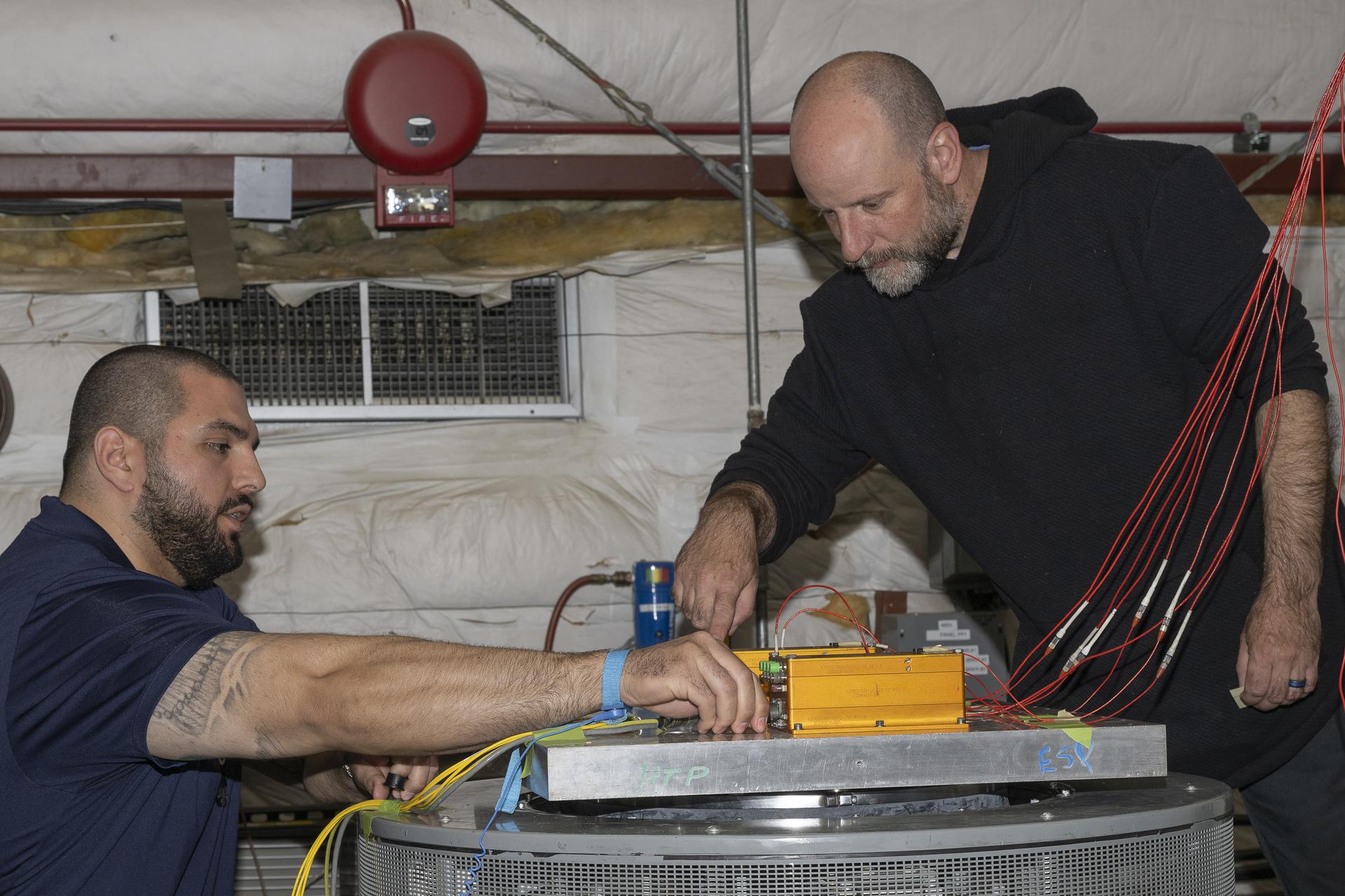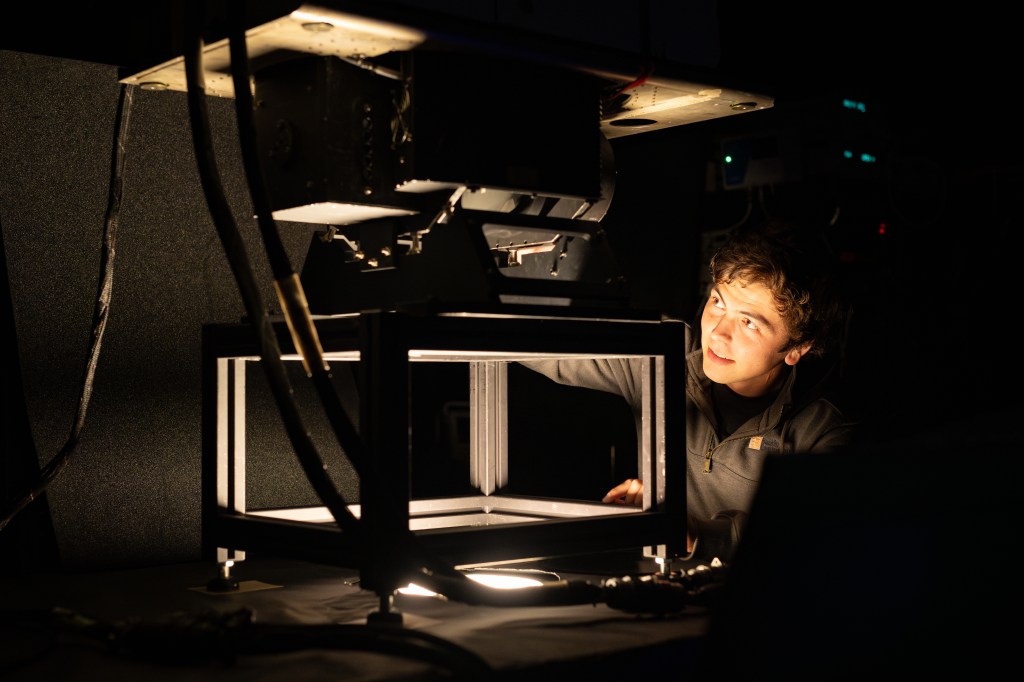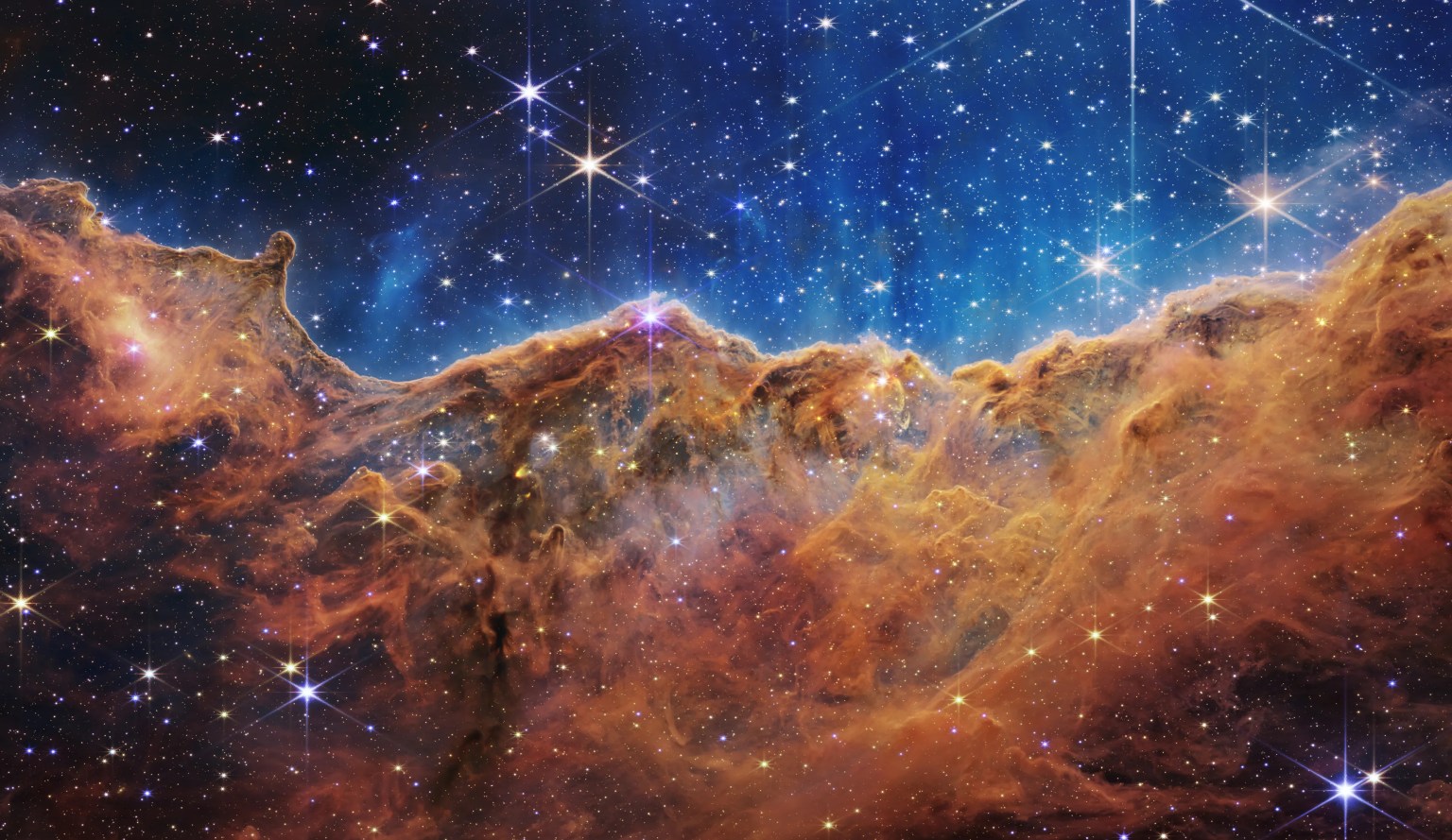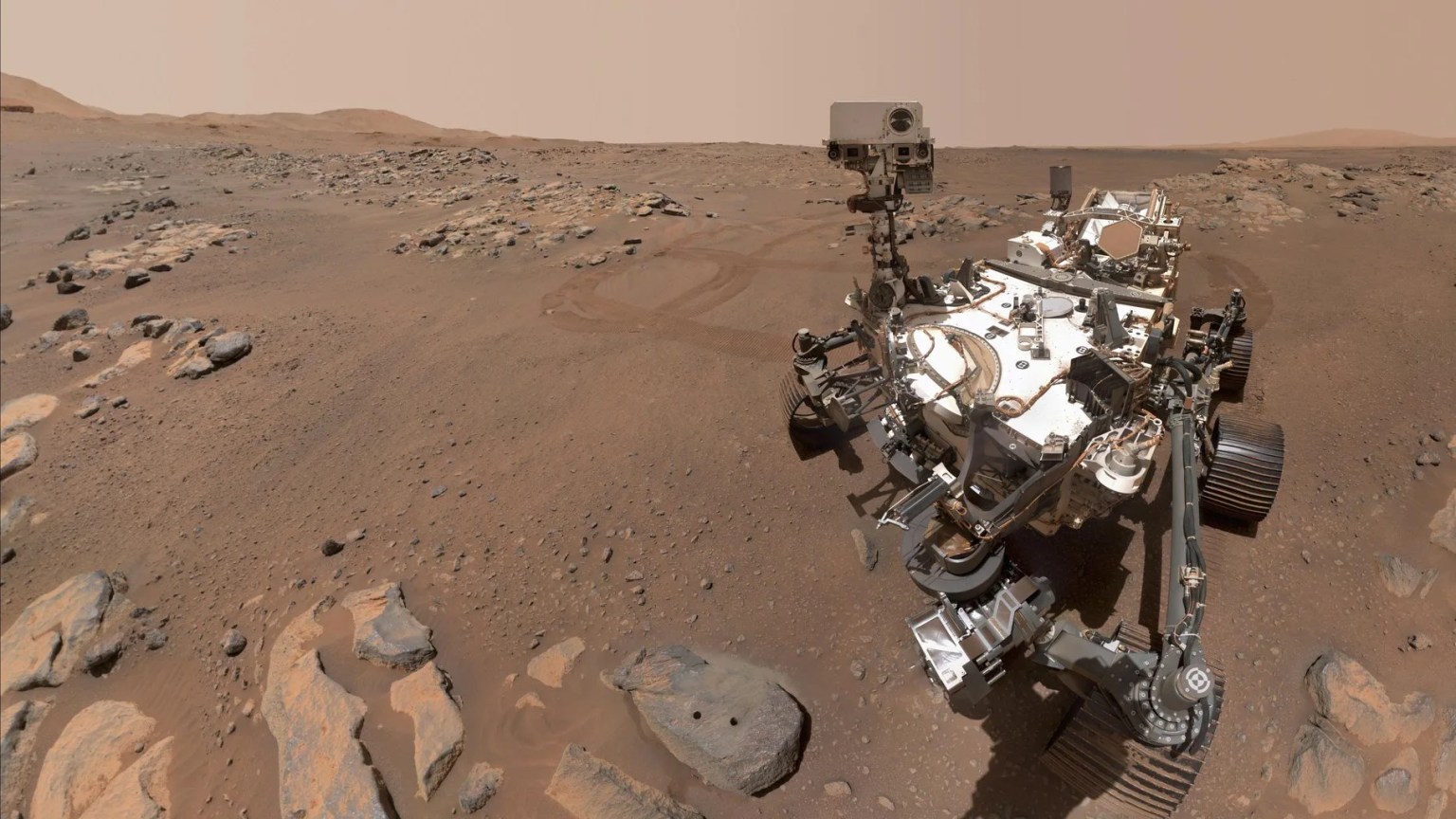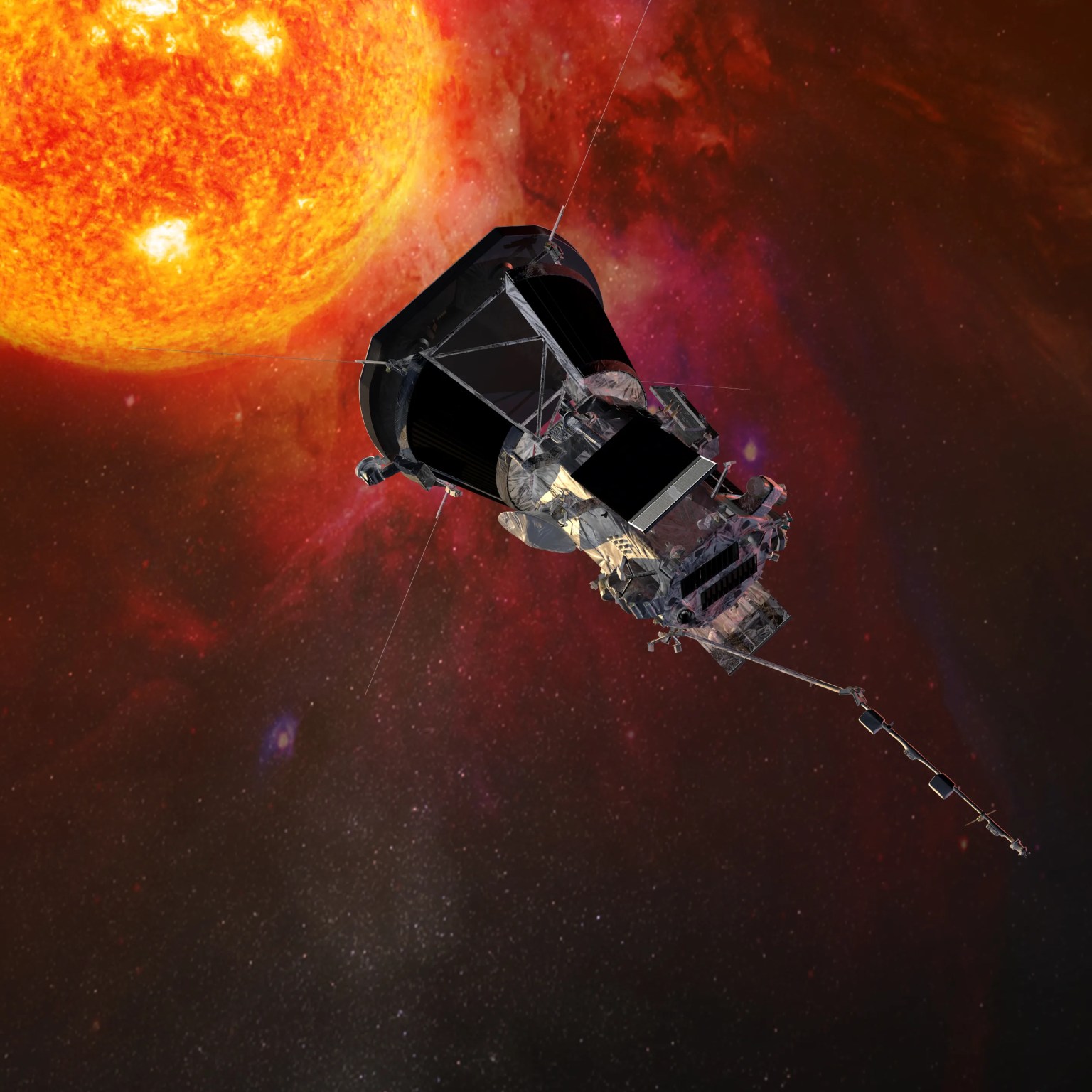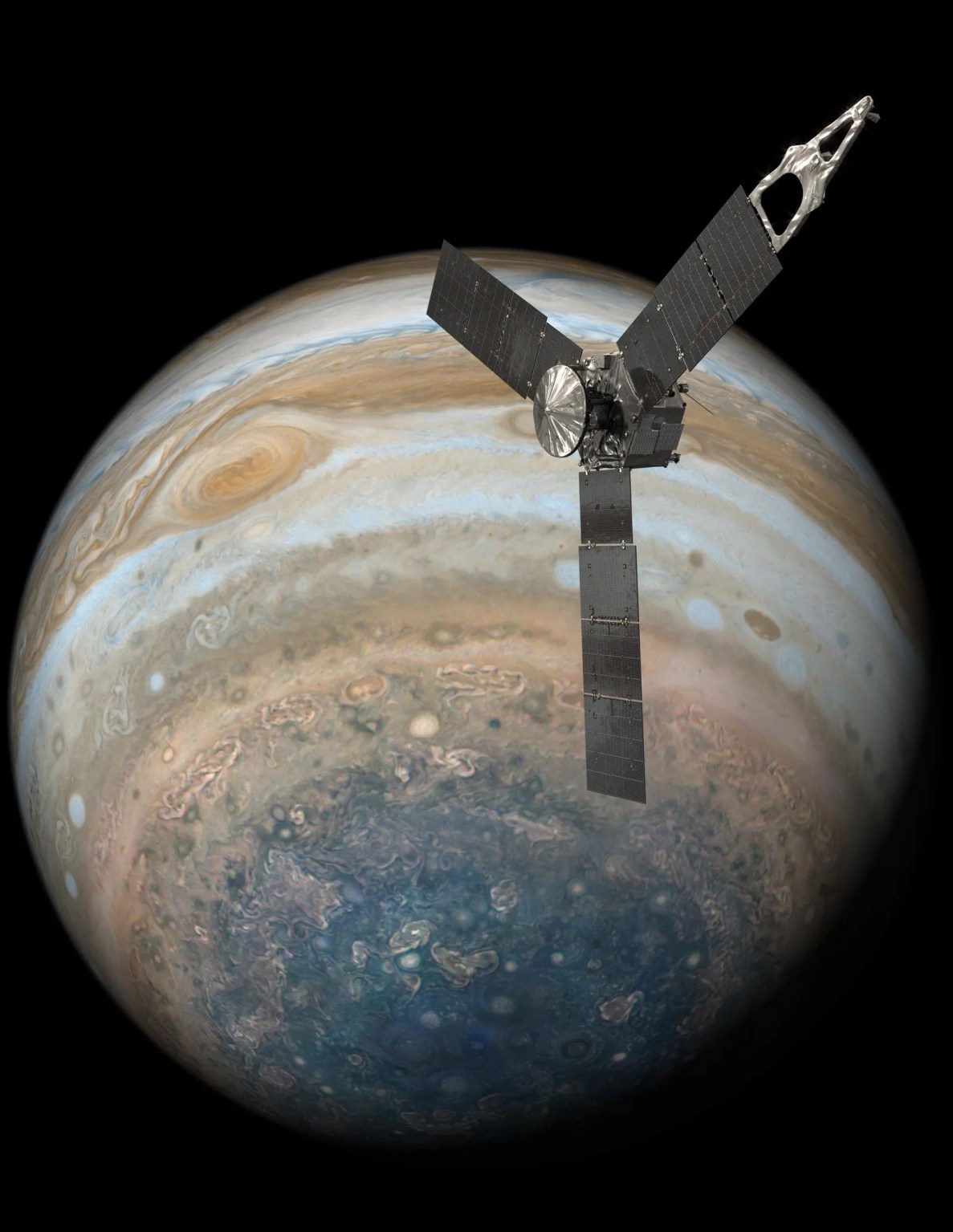Latest NASA Science News
Stay up-to-date with the latest news from NASA Science as we explore the universe, solar system, sun and our home planet Earth.
Filters

This portrait from the NASA/ESA Hubble Space Telescope puts the nearby galaxy NGC 4449 in the spotlight. The galaxy is situated just 12.5 million light-years away in the constellation Canes Venatici (the Hunting Dogs). It is a member of the…

NASA, Axiom Space, and SpaceX continue reviewing launch opportunities for Axiom Mission 4 to the International Space Station. NASA has made the decision to stand down from a launch on Sunday, June 22, and will target a new launch date in…

Video and photography operations filled the Expedition 73 crew’s schedule on Wednesday helping mission controllers monitor robotic activities, train future crews, and verify lab inventories. Meanwhile, more exercise research and spacesuit checks rounded out the crew’s day aboard the International…
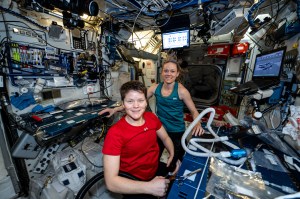
Students from New York and Utah will hear from NASA astronauts aboard the International Space Station as they answer prerecorded questions in two separate events. At 11:30 a.m. EDT on Monday, June 23, NASA astronauts Nichole Ayers and Anne McClain…

For 540 million years, the ebb and flow in the strength of Earth’s magnetic field has correlated with fluctuations in atmospheric oxygen, according to a newly released analysis by NASA scientists. The research suggests that processes deep inside the Earth…

NASA, Axiom Space, and SpaceX now are targeting no earlier than Sunday, June 22, for launch of the fourth private astronaut mission to the International Space Station, Axiom Mission 4.

The Sun emitted a strong flare, peaking at 5:49 p.m. ET on Tuesday, June 17, 2025. NASA’s Solar Dynamics Observatory, which watches the Sun constantly, captured an image of the event. Solar flares are powerful bursts of energy. Flares and solar…

Exercise research and spacesuit checks were the top duties aboard the International Space Station on Tuesday. The Expedition 73 crew also continued inspecting the orbital outpost’s windows and photographing Earth landmarks.

NASA uses satellite lidar technology to study Earth’s forests, key carbon sinks.

Better understanding the lunar lighting environment will help NASA prepare astronauts for the harsh environment Artemis III Moonwalkers will experience on their mission. NASA’s Artemis III mission will build on earlier test flights and add new capabilities with the human…

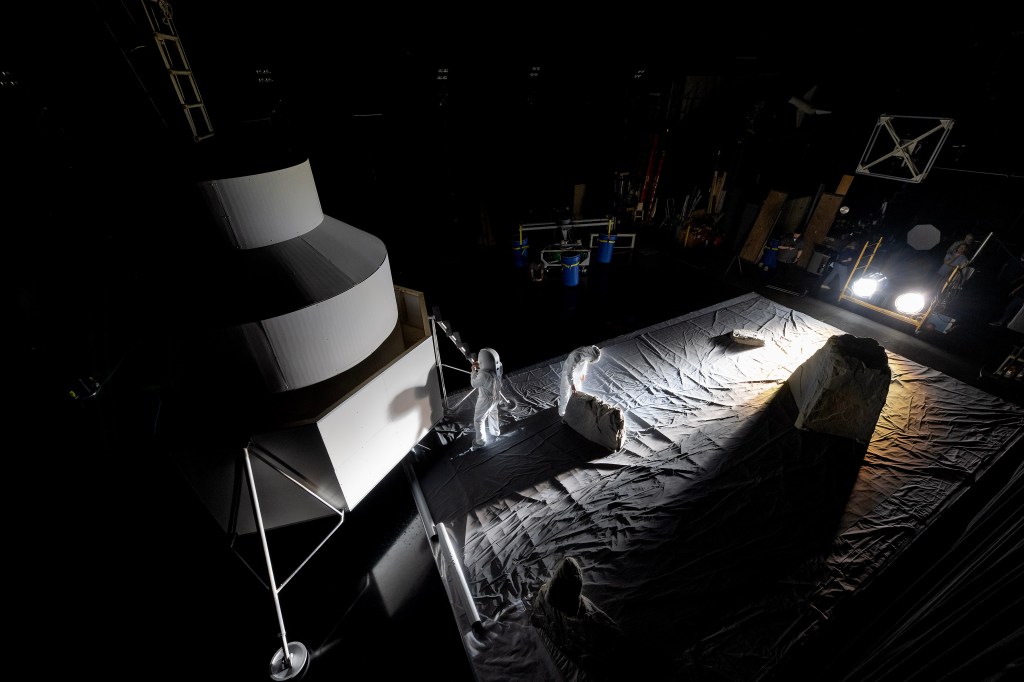
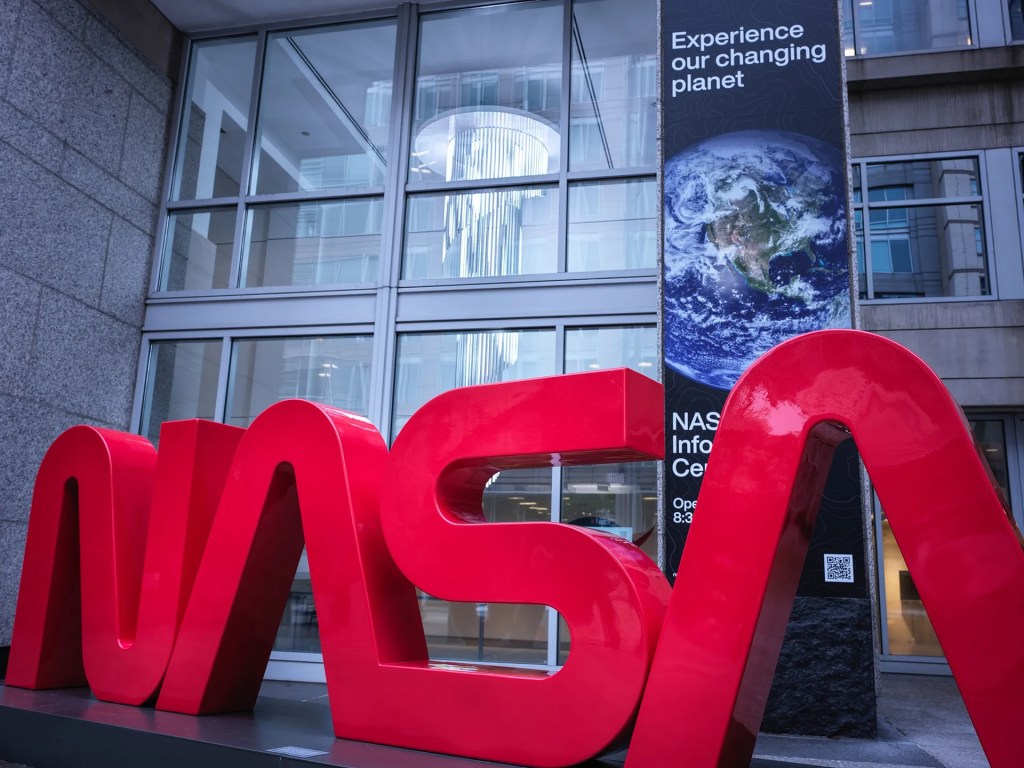
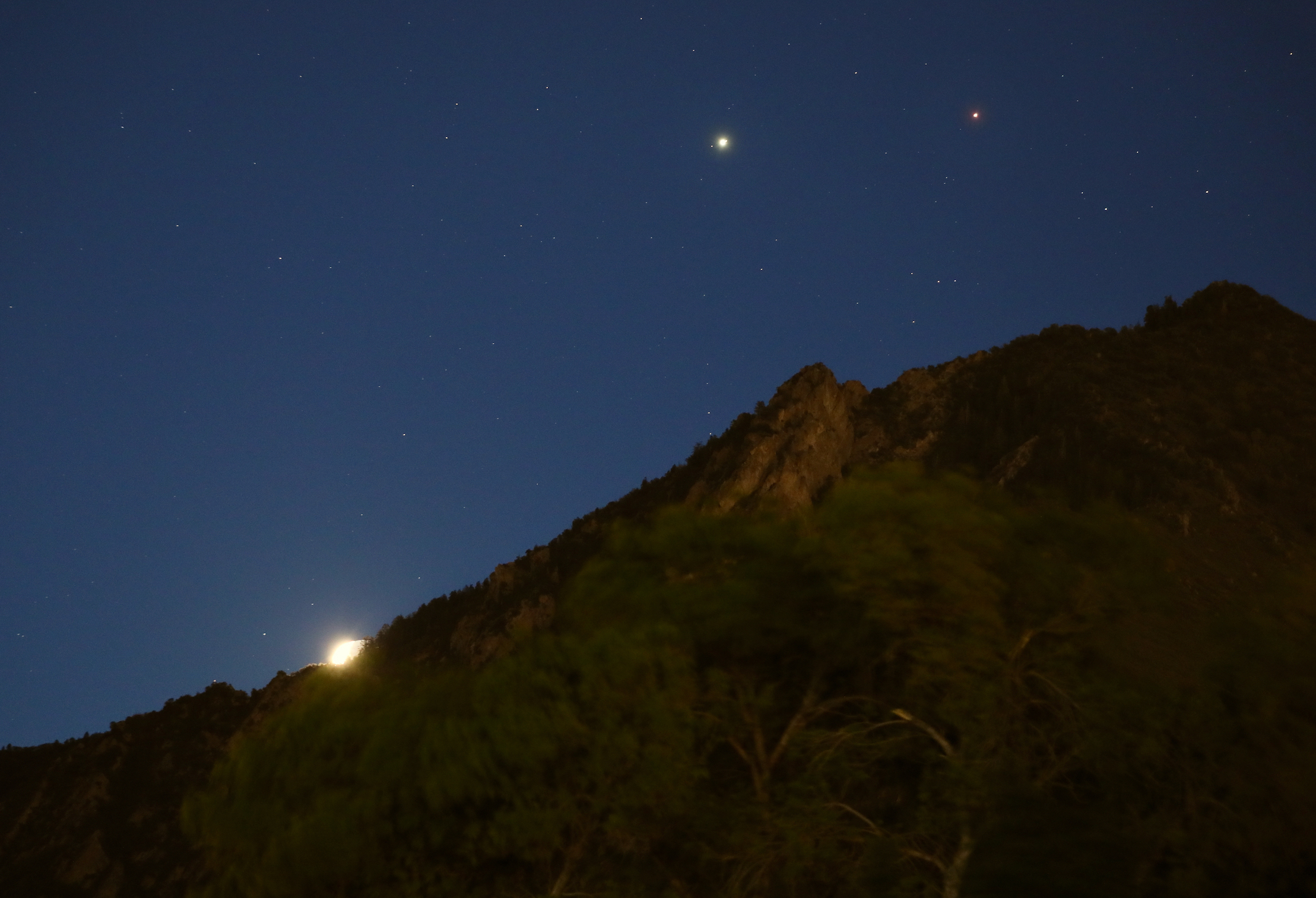
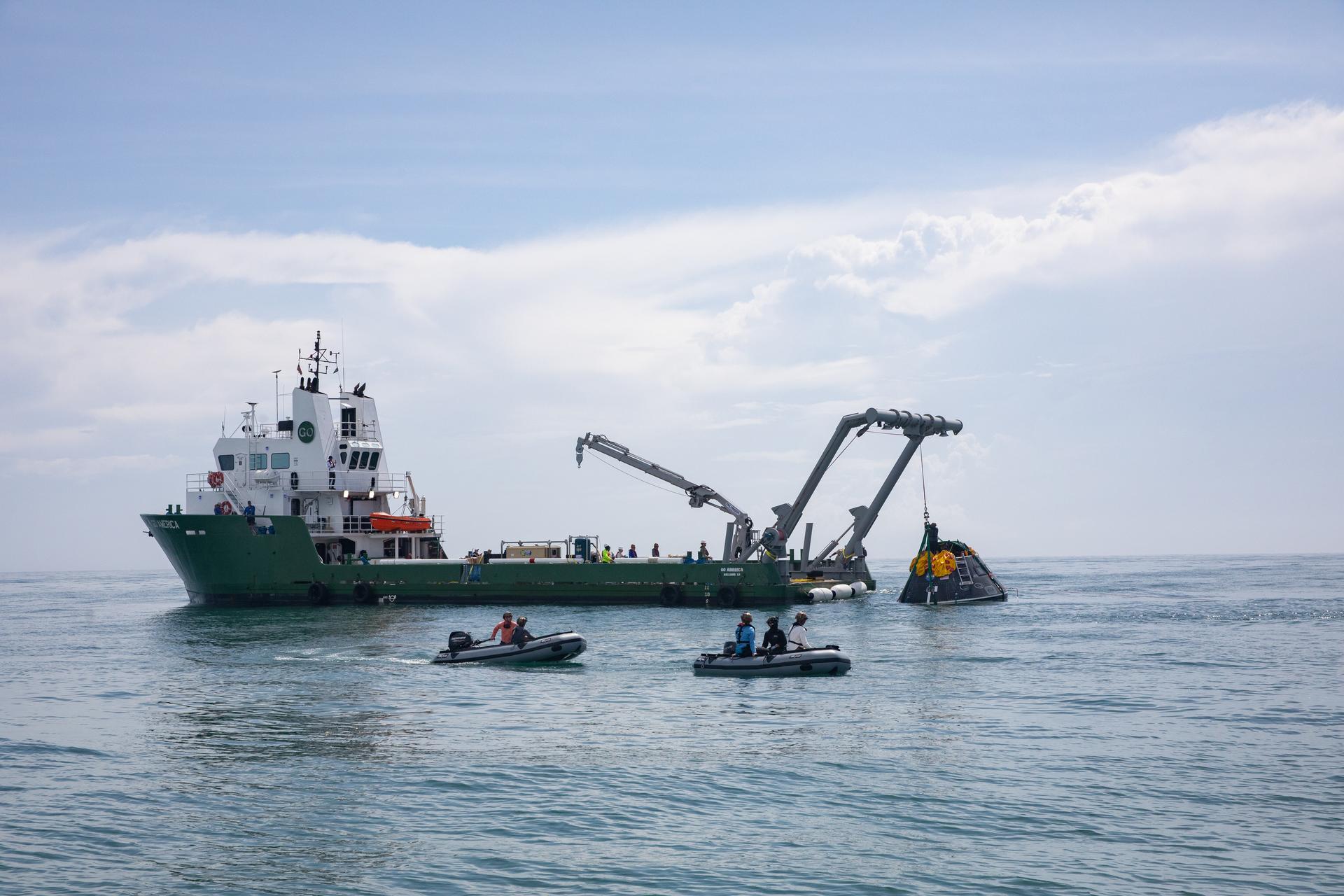

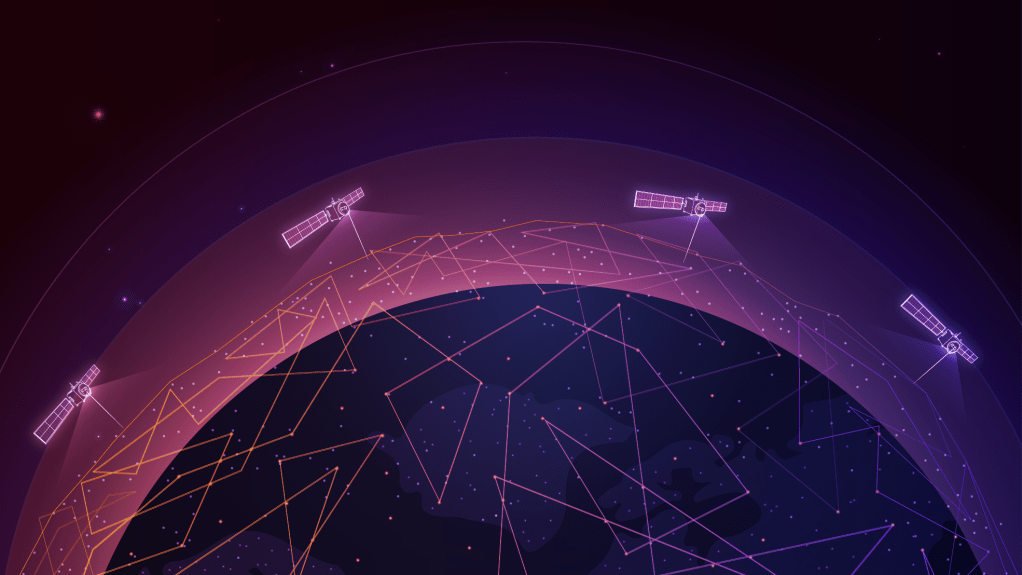

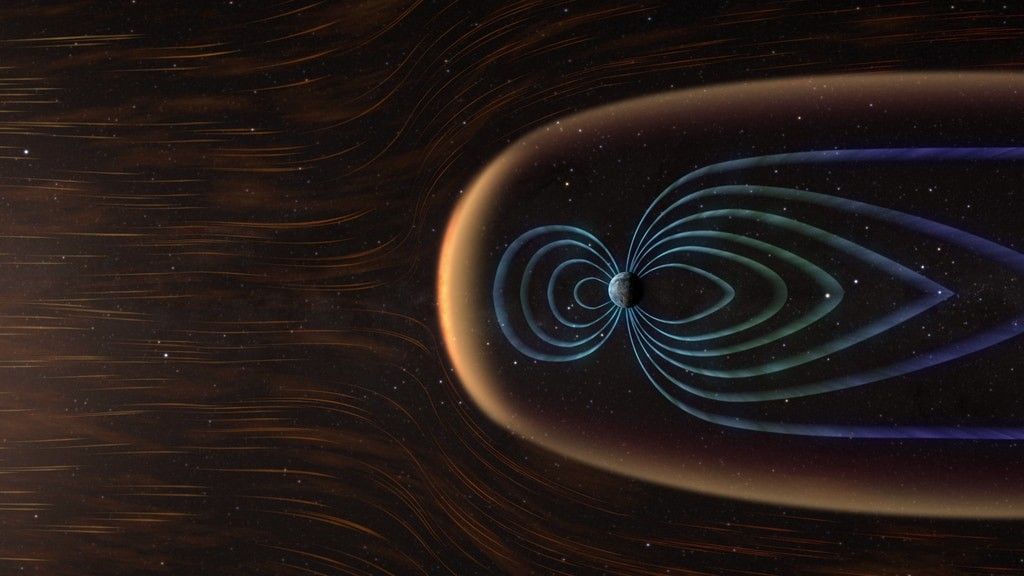


.jpg?w=1024)
